Home>Interior Design>Is Shiplap Going Out Of Style? Designers Discuss This Popular Trend
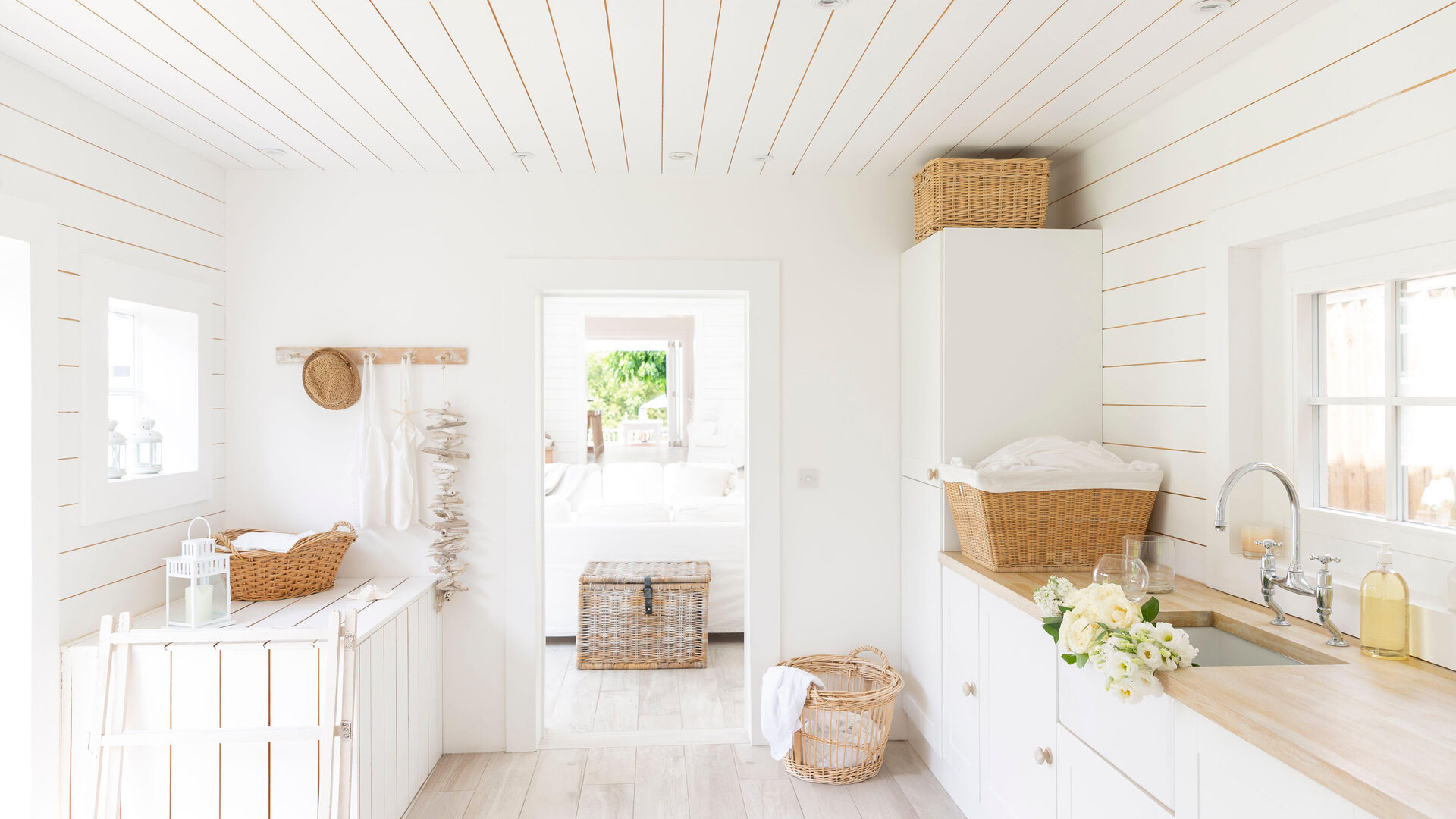

Interior Design
Is Shiplap Going Out Of Style? Designers Discuss This Popular Trend
Modified: March 25, 2024
Discover what top designers have to say about the popular trend of Shiplap in interior design. Find out if it's here to stay or if it's going out of style.
(Many of the links in this article redirect to a specific reviewed product. Your purchase of these products through affiliate links helps to generate commission for Storables.com, at no extra cost. Learn more)
Introduction
When it comes to interior design, trends come and go. What was once considered trendy may now be outdated. One popular design trend that has been making waves in recent years is shiplap. But like any trend, people are starting to wonder if shiplap is going out of style and if it is still a viable option for their home decor.
Shiplap, a type of wooden board, has gained immense popularity in home design due to its rustic charm and versatility. It is commonly used on walls, ceilings, and even furniture to add texture and visual interest to a space. Many homeowners have embraced shiplap for its ability to create a cozy and inviting atmosphere in any room.
But with trends constantly evolving, is shiplap still a relevant choice for today’s design-conscious homeowners? Let’s explore the rise of shiplap in interior design, the pros and cons of using it, and hear what industry experts have to say about its current status as a popular trend.
Key Takeaways:
- Shiplap’s timeless appeal and versatility make it a popular choice for adding texture and warmth to interior spaces, despite potential overuse and evolving design trends.
- Homeowners seeking a unique design feature can explore alternative options such as board and batten, reclaimed wood, or textured wallpaper to achieve a personalized and distinctive look.
What is shiplap?
Shiplap is a type of wooden board that features a unique design where the edges of each board overlap, creating a tight and seamless joint. Traditionally used in the construction of ships, hence the name, shiplap has made its way into interior design as a popular choice for adding character and warmth to a space.
The typical dimensions of shiplap boards are usually ¾ to 1 inch thick with a width of around 6 to 8 inches. They are installed horizontally, with each board slightly overlapping the one below it, creating distinctive shadow lines that add visual interest to walls and surfaces.
Shiplap is most commonly associated with a rustic or farmhouse aesthetic, but it can also be used in other design styles depending on the finish and overall composition of the room. It adds a sense of texture and depth to any space, making it a versatile choice for homeowners looking to inject personality into their interiors.
One of the standout features of shiplap is its ability to hide imperfections on walls. By covering walls with shiplap, homeowners can easily disguise uneven surfaces, cracks, or other blemishes. This makes it a popular choice for renovation projects or for transforming older homes into more modern and visually appealing spaces.
Shiplap can be made from various types of wood, with pine being the most common and cost-effective option. Other types of wood, such as cedar or oak, can be used for a more luxurious and upscale look.
Overall, shiplap is a versatile and timeless design element that can add charm and character to any room. Its popularity has surged in recent years, but whether or not it’s here to stay as a long-term design trend is a topic of discussion among designers and homeowners alike.
The rise of shiplap in interior design
In recent years, shiplap has experienced a significant surge in popularity in the world of interior design. This rise can be attributed to a few key factors that have made shiplap a sought-after design element in both homes and commercial spaces.
First and foremost, the rise of shiplap can be attributed to its association with the popular farmhouse and rustic design styles. These styles have gained widespread appeal due to their warm and inviting ambiance, and shiplap plays a crucial role in creating that aesthetic. The natural texture and visual interest provided by shiplap boards contribute to the overall cozy and lived-in feel homeowners desire.
Additionally, the use of shiplap as an accent wall has become incredibly popular. Designers and homeowners alike have embraced the idea of using shiplap on a single wall as a focal point in the room. This technique allows for a pop of visual interest while still maintaining a cohesive design scheme. Whether it’s in a living room, bedroom, or even a bathroom, shiplap accent walls have become a go-to design element.
Furthermore, the rise of DIY culture has played a significant role in the popularity of shiplap. With tutorials and guides readily available online, homeowners have been inspired to take on DIY projects, including installing shiplap themselves. This not only allows for a more budget-friendly approach to home improvement but also empowers individuals to customize their living spaces to reflect their personal style.
Moreover, with the rise of TV shows and social media platforms dedicated to home improvement and design, shiplap has gained immense exposure. Home renovation shows often feature shiplap installations, demonstrating its versatility and ability to transform a space. Social media platforms, such as Instagram and Pinterest, are teeming with stunning images showcasing the beauty of shiplap, inspiring countless individuals to incorporate it into their own homes.
Overall, the rise of shiplap in interior design can be attributed to its association with popular design styles, its ability to act as a focal point, the influence of DIY culture, and its exposure through various media platforms. However, as with any trend, its popularity may wax and wane over time, leading many to wonder if shiplap is still a viable and desirable option for their home decor.
Pros of using shiplap
There are several advantages to using shiplap in interior design that have contributed to its popularity among homeowners and designers. Let’s explore some of the key pros of incorporating shiplap into your home:
- Timeless and versatile: Shiplap has a timeless appeal that transcends design trends. Its classic look allows it to seamlessly blend with a variety of interior styles, from rustic farmhouse to coastal chic. Whether your home has a traditional or modern aesthetic, shiplap can be adapted to suit your design vision.
- Texture and visual interest: Shiplap adds depth and texture to any room, creating visual interest and a sense of warmth. The horizontal lines and shadow gaps between the boards provide a unique visual element that can make a space truly stand out.
- Hides imperfections: One of the most significant advantages of shiplap is its ability to hide imperfections on walls. Whether you have cracked or uneven walls, shiplap can be an excellent solution for creating a smoother and more cohesive look. This makes it a popular choice for older homes or spaces undergoing renovation.
- Enhances focal points: Shiplap can be used strategically to enhance focal points within a room. Whether it’s highlighting a fireplace, creating an accent wall, or framing a piece of artwork, shiplap brings attention to these key features, adding visual interest and depth.
- Easy to maintain: Shiplap is relatively easy to clean and maintain. Unlike painted walls, it is less prone to showing dirt and grime. Regular dusting or wiping with a damp cloth is usually sufficient to keep it looking fresh and vibrant.
- DIY-friendly: Shiplap is a popular choice for DIY enthusiasts. With some basic tools and skills, homeowners can install shiplap themselves, saving on labor costs. There are numerous tutorials and guides available online to assist with the installation process, making it an accessible and rewarding project for those who enjoy hands-on home improvement.
These are just a few of the pros associated with using shiplap in interior design. Its timeless appeal, versatility, visual interest, ability to hide imperfections, ease of maintenance, and DIY-friendly nature make it an attractive choice for homeowners looking to enhance their living spaces with a touch of character and charm.
Cons of using shiplap
While shiplap has its advantages, there are also some potential drawbacks to consider when deciding whether to incorporate it into your interior design. Let’s explore some of the cons of using shiplap:
- Cost: Depending on the type of wood used and the size of the project, shiplap can be relatively expensive compared to other wall treatments. Keep in mind that the cost not only includes the materials but also the installation and finishing process.
- Installation complexity: While shiplap can be a great DIY project, it still requires careful installation to ensure a professional-looking result. Properly aligning the boards, cutting them to size, and fitting them around obstacles such as windows and doors can be time-consuming and challenging for those with limited DIY experience.
- Maintenance: While shiplap is generally easy to maintain, it does require occasional cleaning and upkeep. Dust and grime can accumulate in the gaps between the boards, so regular dusting or vacuuming should be performed to keep it looking clean and fresh.
- Limited design flexibility: While shiplap is versatile within its rustic and farmhouse aesthetic, it may not be suitable for all design styles. If you have a modern or minimalist home, the traditional look of shiplap may not align with your overall design vision.
- Potential overuse: Shiplap has become quite popular in recent years, and as with any trend, there is a risk of it becoming overused or clichéd. If you’re looking for a unique and distinct design feature, it’s worth considering other options or finding creative ways to incorporate shiplap without it feeling too ubiquitous.
- Removal challenges: While shiplap can be a great addition to your home, its installation is relatively permanent. Removing shiplap can be a labor-intensive process and may result in damage to the underlying wall surface. It’s important to factor in the long-term commitment of having shiplap installed in your space.
These considerations should be taken into account when deciding whether shiplap is the right choice for your interior design. Understanding the potential drawbacks allows you to make an informed decision that aligns with your design preferences and lifestyle.
When using shiplap in your home, consider incorporating it in smaller, more subtle ways such as an accent wall or on the back of a bookshelf. This allows for flexibility in the future if the trend does start to fade.
Current perceptions of shiplap
Shiplap has been a popular design trend in recent years, but like all trends, its perception can evolve over time. While opinions may vary, here are some of the current perceptions of shiplap in the world of interior design:
Timeless Charm: Many homeowners and designers still view shiplap as a timeless design element that adds a charming and cozy touch to any space. Its rustic appeal and ability to create visual interest continue to make it a desirable choice for those seeking a warm and inviting ambiance.
Farmhouse Reinvention: Shiplap has become synonymous with the modern farmhouse aesthetic, thanks in part to its frequent appearance on home renovation and design shows. This association has led to a perception that shiplap is primarily suited for farmhouse-inspired interiors, which may appeal to some but deter others with different design preferences.
Saturated Market: With the widespread popularity of shiplap, some perceive it as an overused or saturated design trend. It has become ubiquitous in many home decor stores, and its prevalence on social media platforms may lead some to view it as lacking originality or creativity.
Versatility: While shiplap is commonly associated with farmhouse design, it has also found its way into other design styles. Designers have creatively incorporated shiplap into contemporary, coastal, and even industrial interiors, showcasing its versatility and adaptability. This perception highlights that shiplap can be suitable for a range of design preferences.
Simplicity and Elegance: Shiplap is often praised for its ability to add simple elegance to a space. Its clean lines and subtle texture can create a backdrop that allows other elements in the room to shine. This perception appeals to those seeking a design feature that elevates the overall aesthetic without overpowering the space.
Continued Popularity: Despite perceptions that shiplap may be losing its luster, it remains a sought-after design choice for many homeowners. Its enduring popularity can be attributed to its ability to create a cozy and timeless ambiance that stands the test of time.
It’s important to consider these current perceptions of shiplap when incorporating it into your design. While some may view it as a staple, others may see it as a trend in decline. Ultimately, personal preferences and design vision should guide your decision-making when deciding whether to embrace shiplap in your home.
Expert opinions on shiplap as a design trend
To gather insights on the current and future status of shiplap as a design trend, we reached out to industry experts in the field of interior design. Here is what some of them had to say:
1. Jane Williams, Interior Designer:
“Shiplap has certainly had its moment in the spotlight, and it’s become synonymous with the popular farmhouse aesthetic. However, I believe its versatility allows it to transcend trends. Shiplap can be used in a variety of ways, from incorporating it as an accent wall to using it on ceilings for added texture. Its timeless appeal and ability to create depth and interest in a space will keep it relevant in the design world for years to come.”
2. Michael Stevens, Home Renovation Expert:
“Shiplap has become the go-to choice for homeowners looking to add character and charm to their spaces. Its popularity surged due to its association with renovation shows and social media, but I think it’s important to consider your own design style and overall vision. Don’t just follow the trend blindly; make sure shiplap aligns with your personal taste to create a space that truly reflects your personality.”
3. Sarah Thompson, Interior Stylist:
“While shiplap has become a staple in farmhouse-inspired interiors, I don’t see it going out of style completely. That being said, I encourage homeowners to explore other alternatives and think outside the box. There are plenty of innovative wall treatments and textures that can provide a similar impact while adding a unique touch to your home. It’s about finding the right balance between following trends and creating a space that feels authentic to you.”
4. Mark Johnson, Architect:
“Shiplap has undoubtedly made a mark in the world of interior design, but it’s important to consider its long-term implications. As with any trend, there is a risk of it becoming overused and losing its appeal. However, I believe that shiplap, when used thoughtfully and in moderation, can still make a significant impact in creating a warm and inviting environment. It’s all about finding the right balance and incorporating it into the overall design scheme.”
These expert opinions provide valuable insights into the current status and potential future of shiplap as a design trend. While opinions may vary, it is evident that shiplap’s versatility, timeless appeal, and ability to add texture and visual interest to a space will ensure its continued relevance in the interior design world.
Alternative options to shiplap
If you’re looking for alternatives to shiplap to add texture and visual interest to your space, there are several options worth considering. These alternatives offer unique design elements that can help you achieve a distinctive and personalized look:
1. Board and Batten: Board and batten is a classic wall treatment that features wide vertical boards (boards) with narrower strips (battens) covering the seams between them. This technique adds depth and visual interest to walls and can be painted or stained in various colors to suit your design preference.
2. Reclaimed Wood: Using reclaimed wood, such as barnwood or salvaged timber, adds character and a rustic feel to any space. Each piece of wood has its own history and unique texture, creating a one-of-a-kind look. Reclaimed wood can be used as an accent wall or to create architectural features like beams or mantels.
3. Textured Wallpaper: Textured wallpaper offers a range of patterns and textures that mimic the look of various materials, such as brick, stone, or wood. It provides an easy and cost-effective way to add visual interest without the need for real wood installation. The variety of options available allows you to find a texture that perfectly complements your design style.
4. Wainscoting: Wainscoting is a classic wall treatment that involves installing wood panels on the lower half of the wall. These panels can be either raised or flat and can be combined with a chair rail molding for added elegance. Wainscoting provides a touch of sophistication and can be painted in different colors to create a cohesive design scheme.
5. Textured Paint or Plaster Finishes: Textured paint or plaster finishes can add dimension and create a unique look on your walls. Various techniques, such as Venetian plaster or stucco, create beautiful textures that can mimic the appearance of shiplap or other natural materials. These finishes can be customized to your preferred color palette and desired level of texture.
6. Decorative Wall Panels: Decorative wall panels are a versatile option for adding texture to your walls. From 3D panels with geometric patterns to panels that imitate natural materials like bamboo or stone, these are available in a wide range of styles. They can be used to cover an entire wall or create an accent feature, offering a visually striking alternative to shiplap.
7. Beadboard: Beadboard is another classic alternative to shiplap that features vertical panels with evenly spaced grooves or “beads.” It adds a traditional and cottage-like feel to a space and can be used on walls, ceilings, or as wainscoting. Beadboard can be painted in any color to match your design scheme.
These alternative options to shiplap provide a variety of textures, patterns, and styles to choose from. They allow you to customize your space and create a unique design that suits your personal taste and desired aesthetic.
Conclusion
Shiplap, with its rustic charm and timeless appeal, has certainly made a significant impact in the world of interior design. It has gained popularity due to its association with the farmhouse aesthetic, its ability to add texture and visual interest to a space, and its DIY-friendly nature. However, like any trend, its current and future status is subject to debate.
Despite varying opinions, shiplap continues to be recognized for its versatility and ability to create a warm and inviting atmosphere. Its ability to hide imperfections on walls, enhance focal points, and add depth to a space are just a few of its notable advantages. Shiplap’s popularity has been fueled by the prevalence of home renovation shows and social media exposure, but its ubiquity may also lead some to consider alternative options to maintain a sense of originality and uniqueness.
When deciding whether to incorporate shiplap into your interior design, it is important to consider your personal style, design preferences, and desired aesthetic. While shiplap may be a perfect fit for some, others may opt for alternative choices such as board and batten, reclaimed wood, textured wallpaper, wainscoting, textured paint, decorative wall panels, or beadboard to achieve a similar effect.
In the end, the choice between shiplap and its alternatives should align with your vision for your space, reflecting your personal style and creating a home that feels authentic and inviting. Don’t be swayed solely by trends, but instead consider the long-term appeal, maintenance requirements, and the overall cohesiveness with your existing or desired design scheme.
Whether shiplap remains a prominent design trend or fades into the background, the key is to choose elements that bring joy and create a space that resonates with your individuality. Remember, your home should be a reflection of your personality, and the choice of wall treatments should enhance and elevate your living environment.
So, whether you decide to embrace the classic charm of shiplap or explore alternative options, remember to find the balance between following trends and creating a space that is uniquely yours.
Frequently Asked Questions about Is Shiplap Going Out Of Style? Designers Discuss This Popular Trend
Was this page helpful?
At Storables.com, we guarantee accurate and reliable information. Our content, validated by Expert Board Contributors, is crafted following stringent Editorial Policies. We're committed to providing you with well-researched, expert-backed insights for all your informational needs.
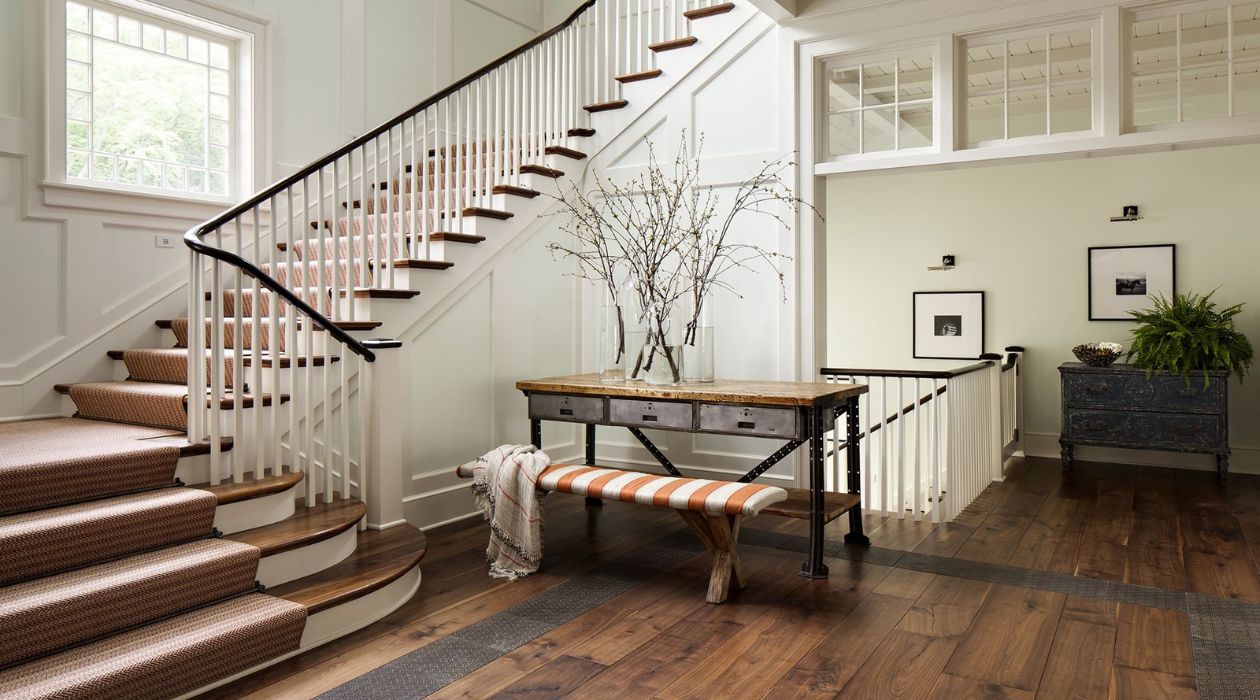
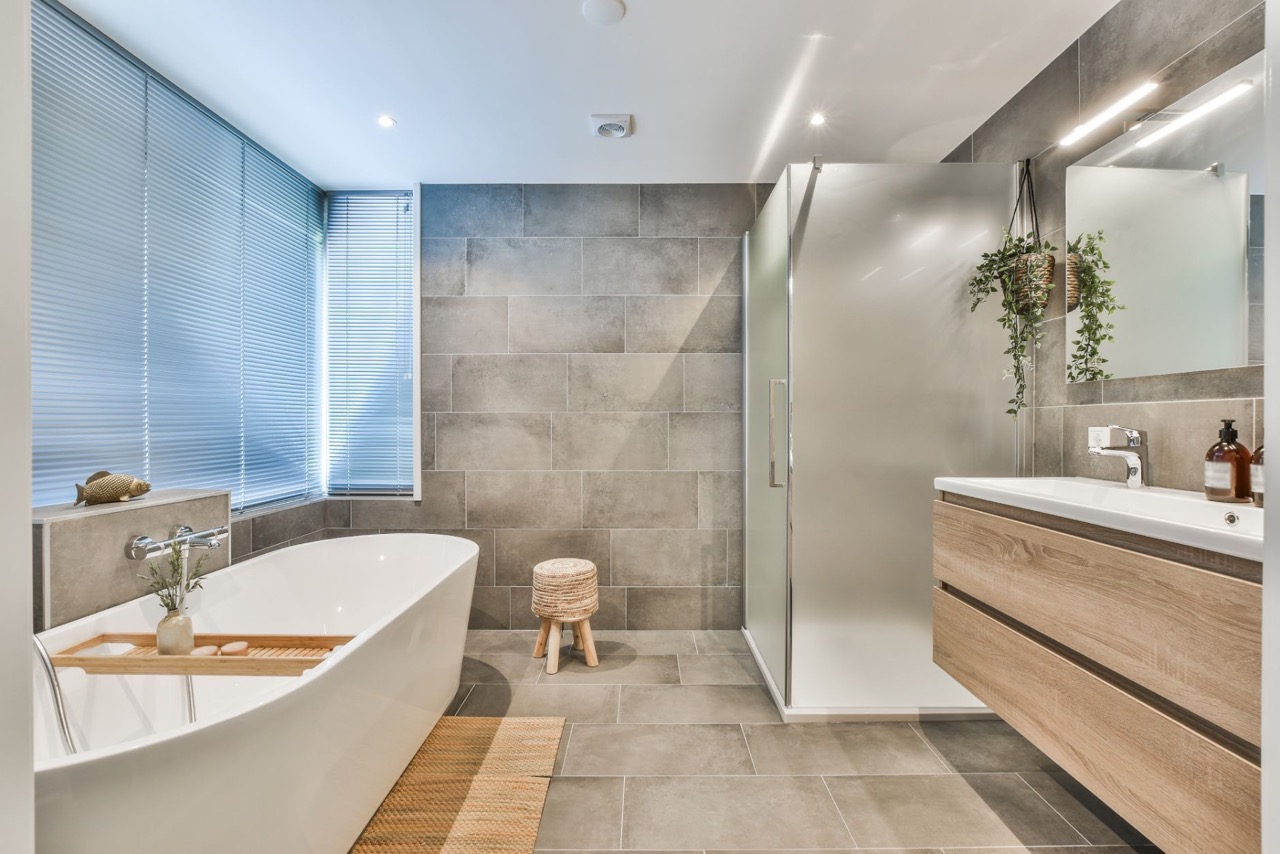
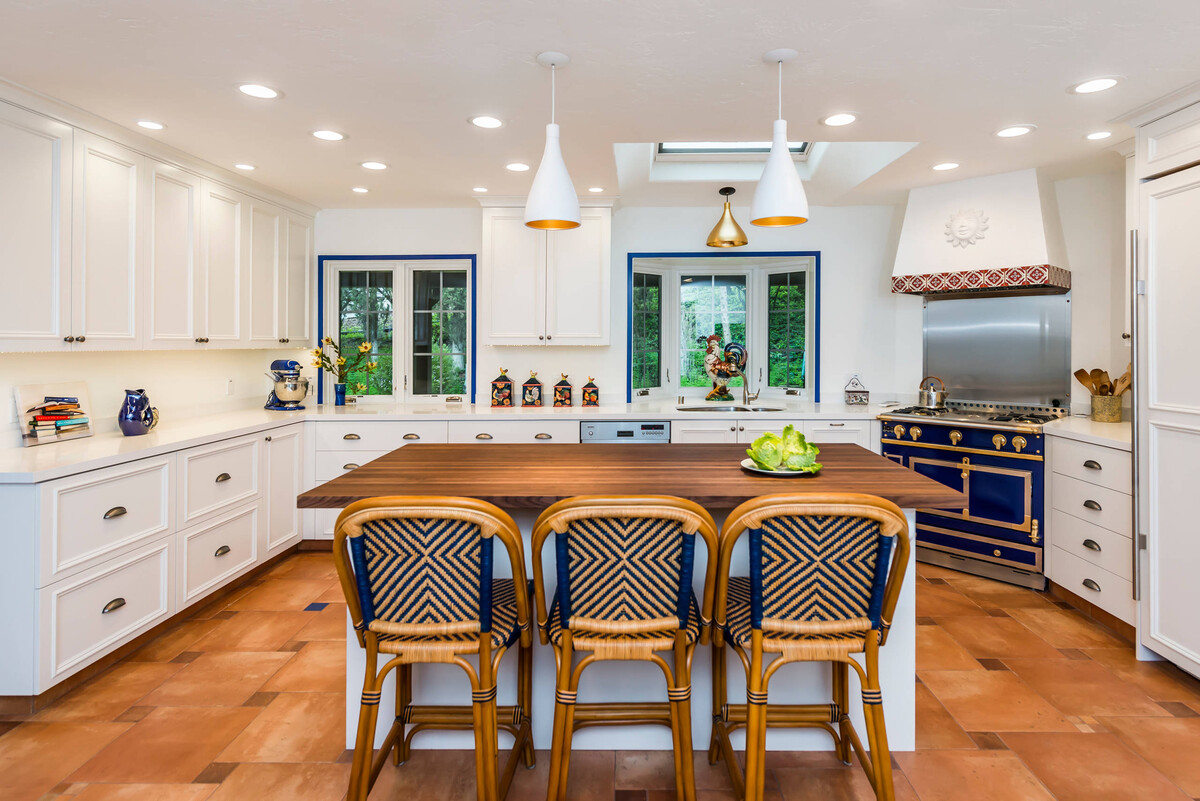
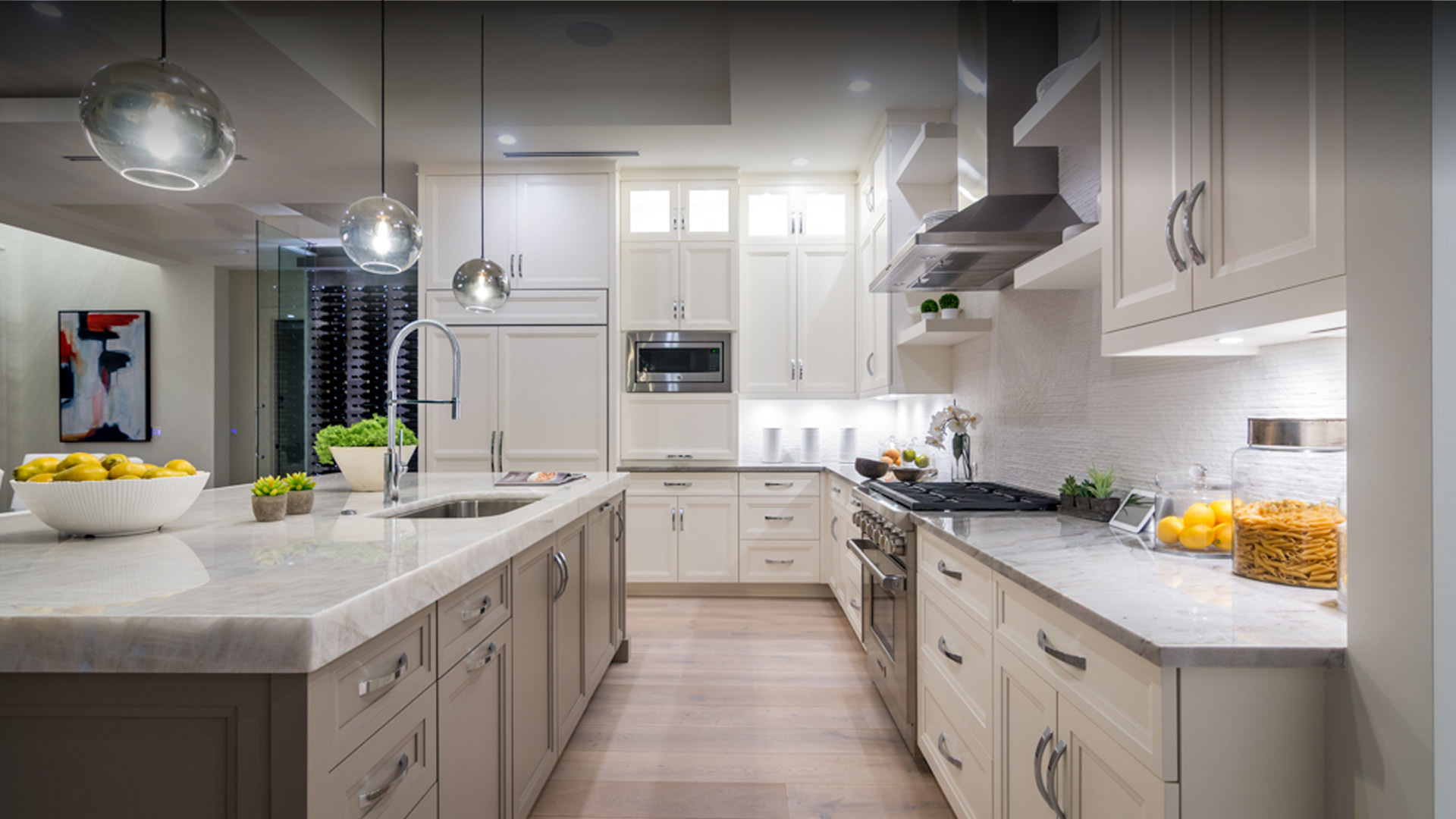
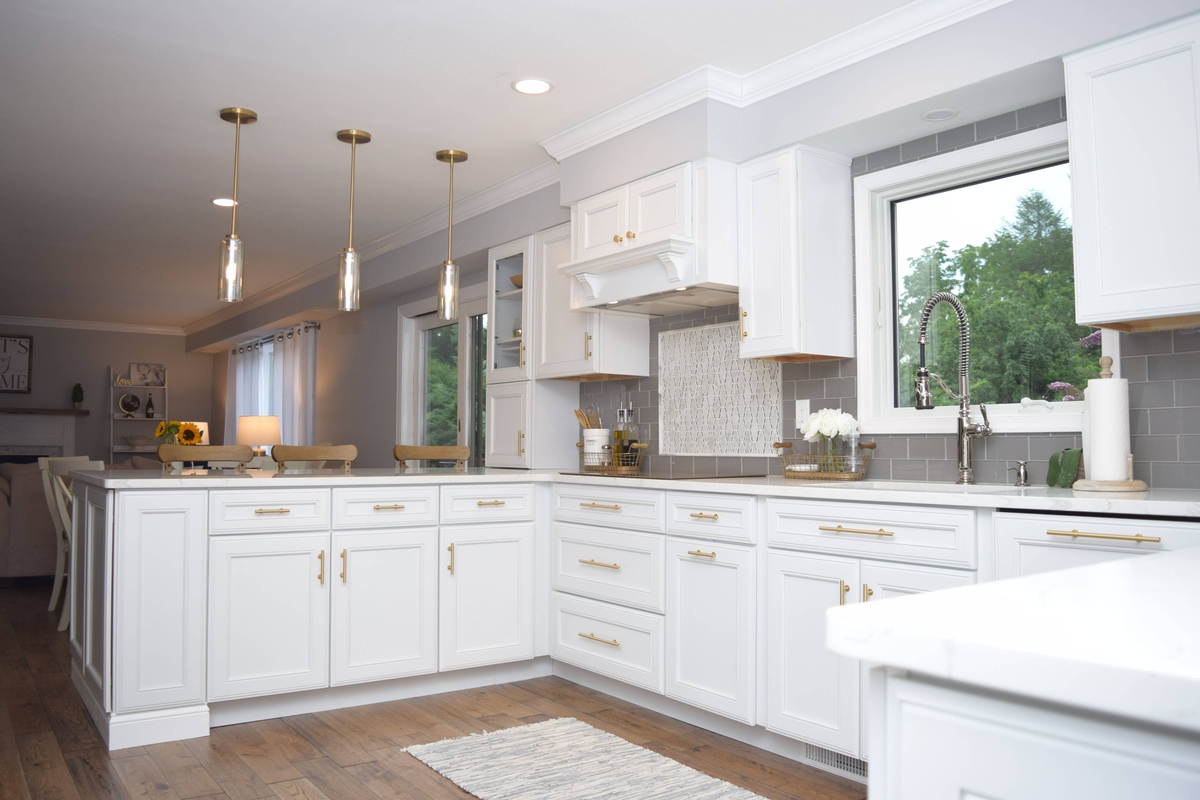
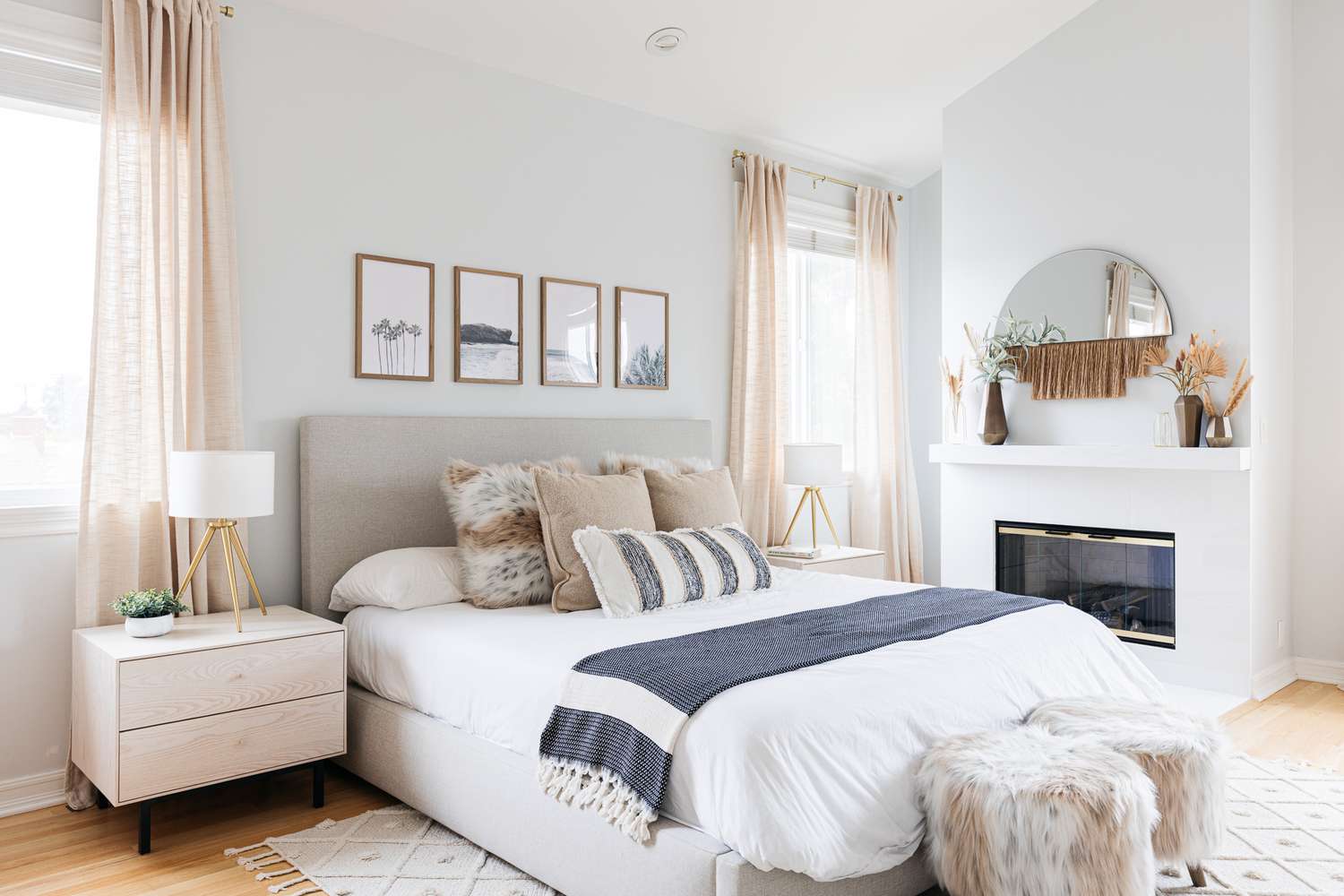
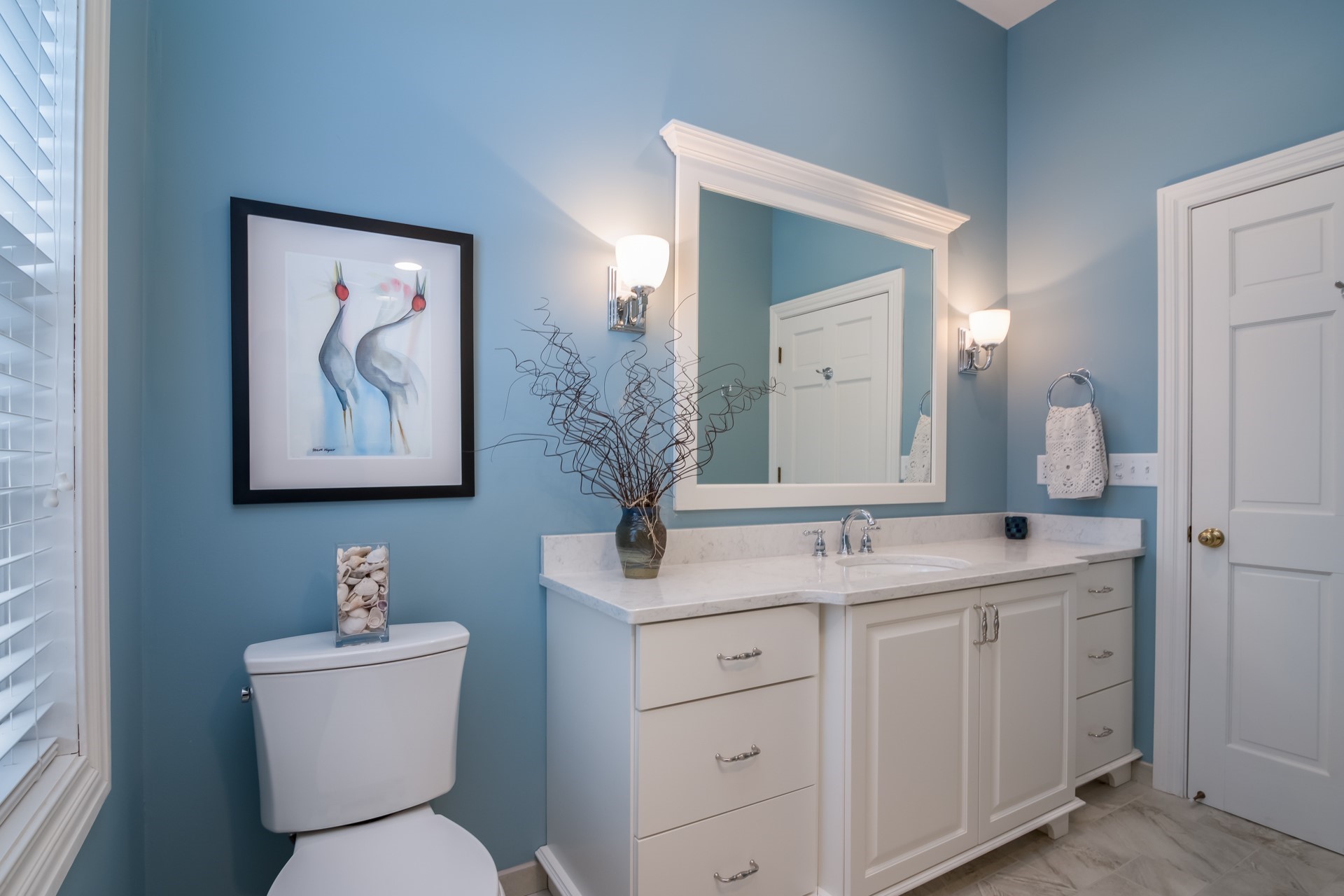
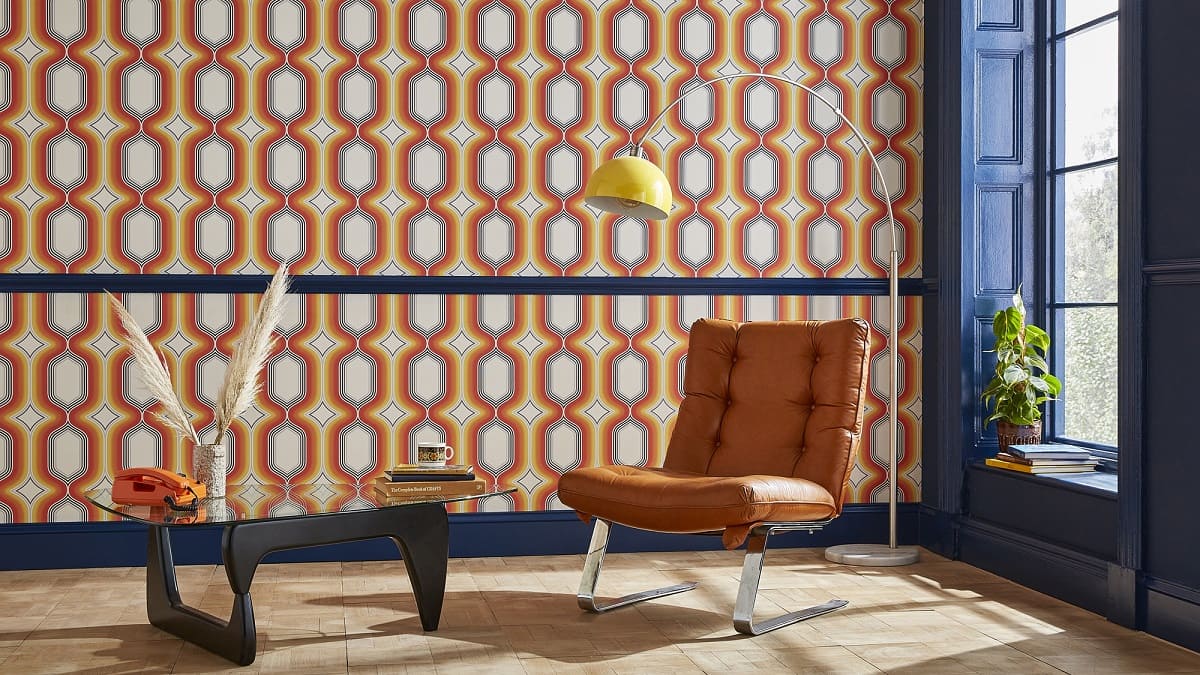
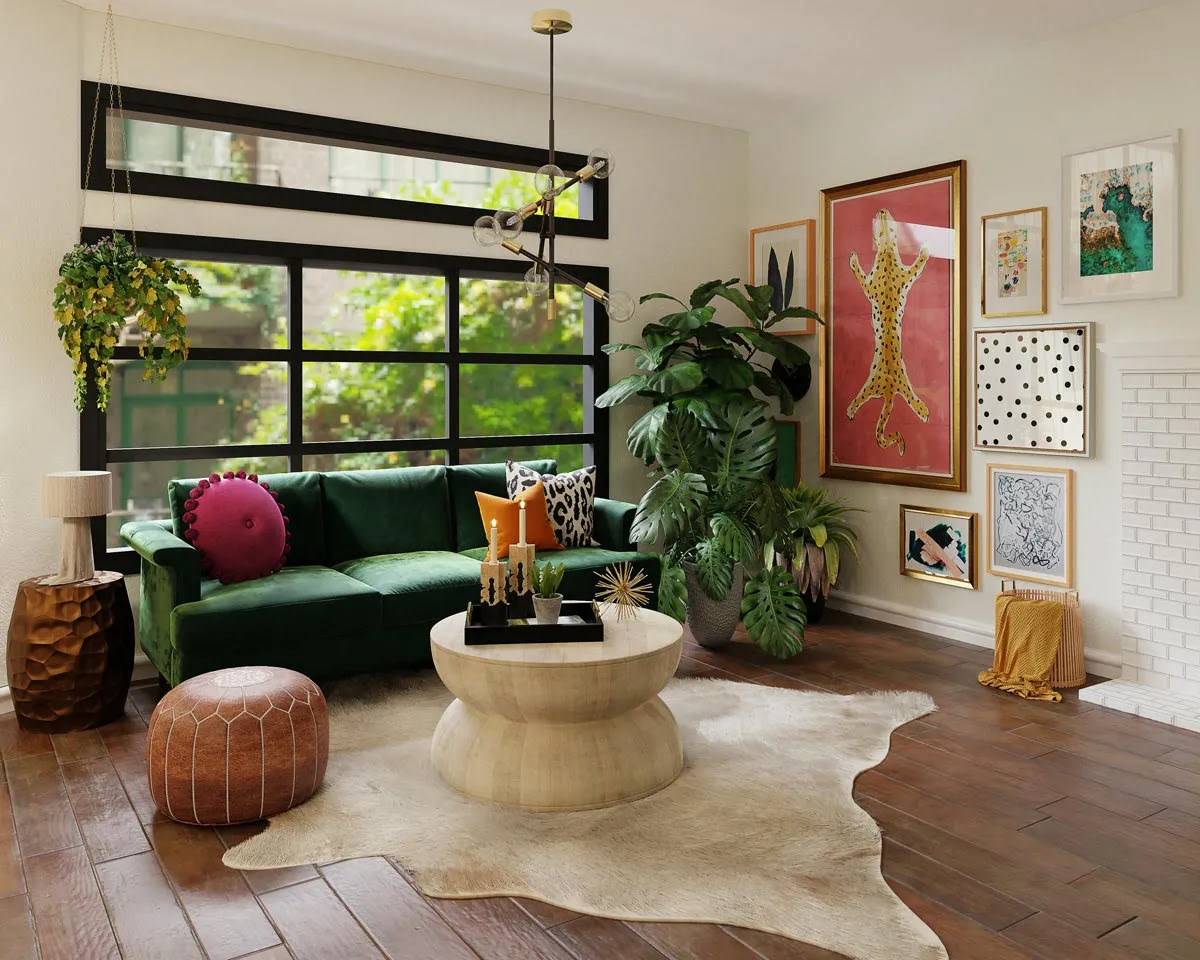
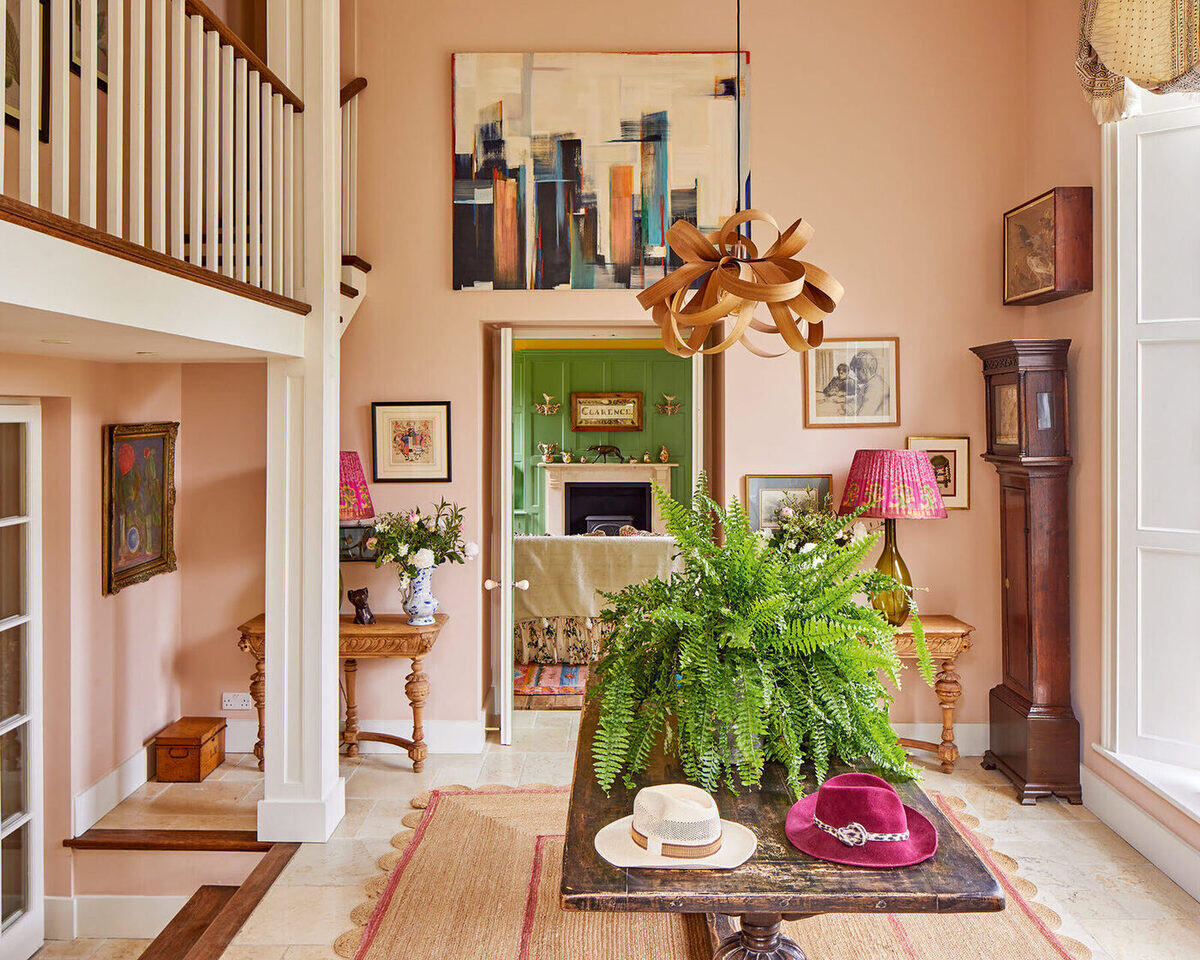
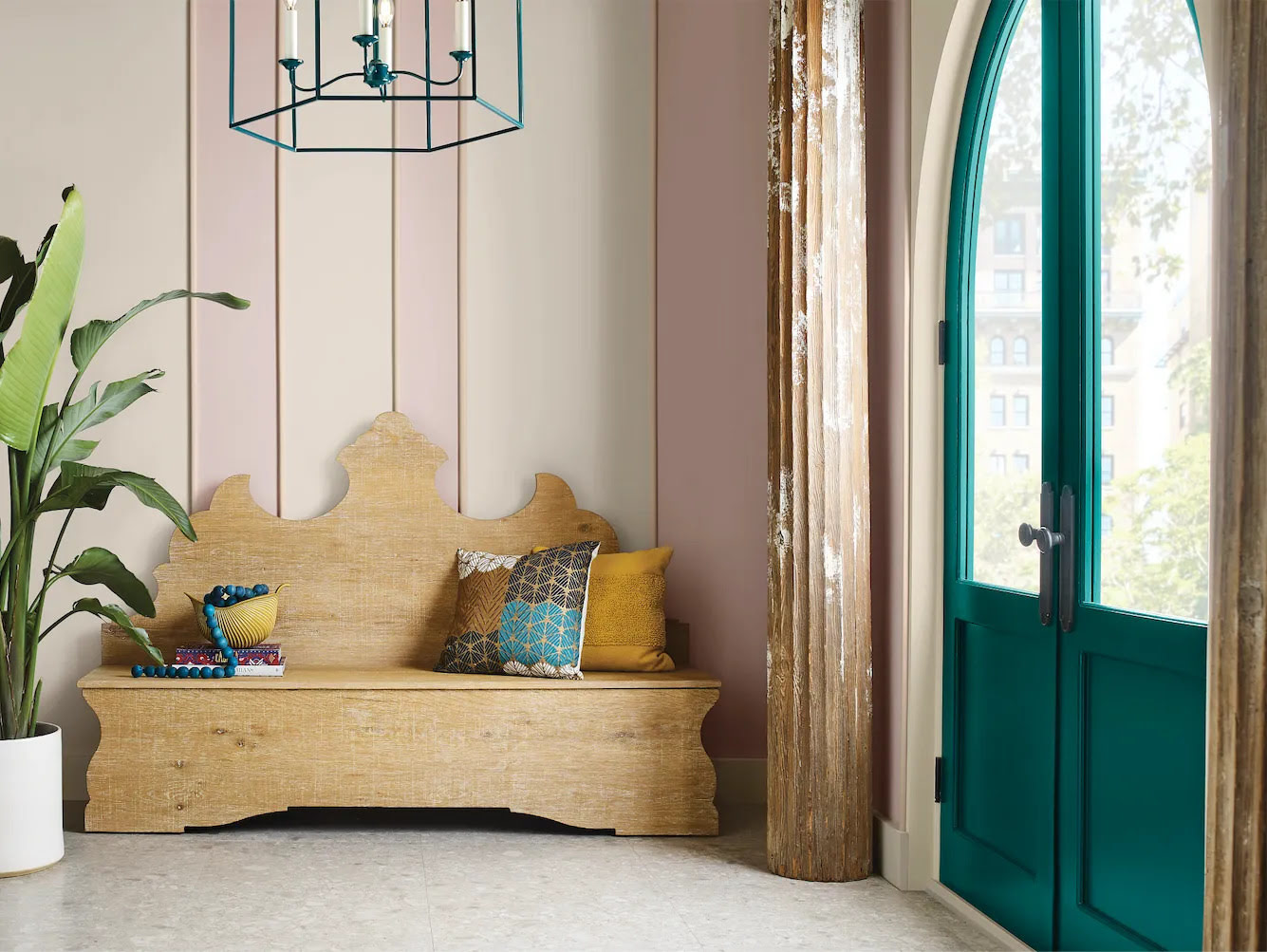
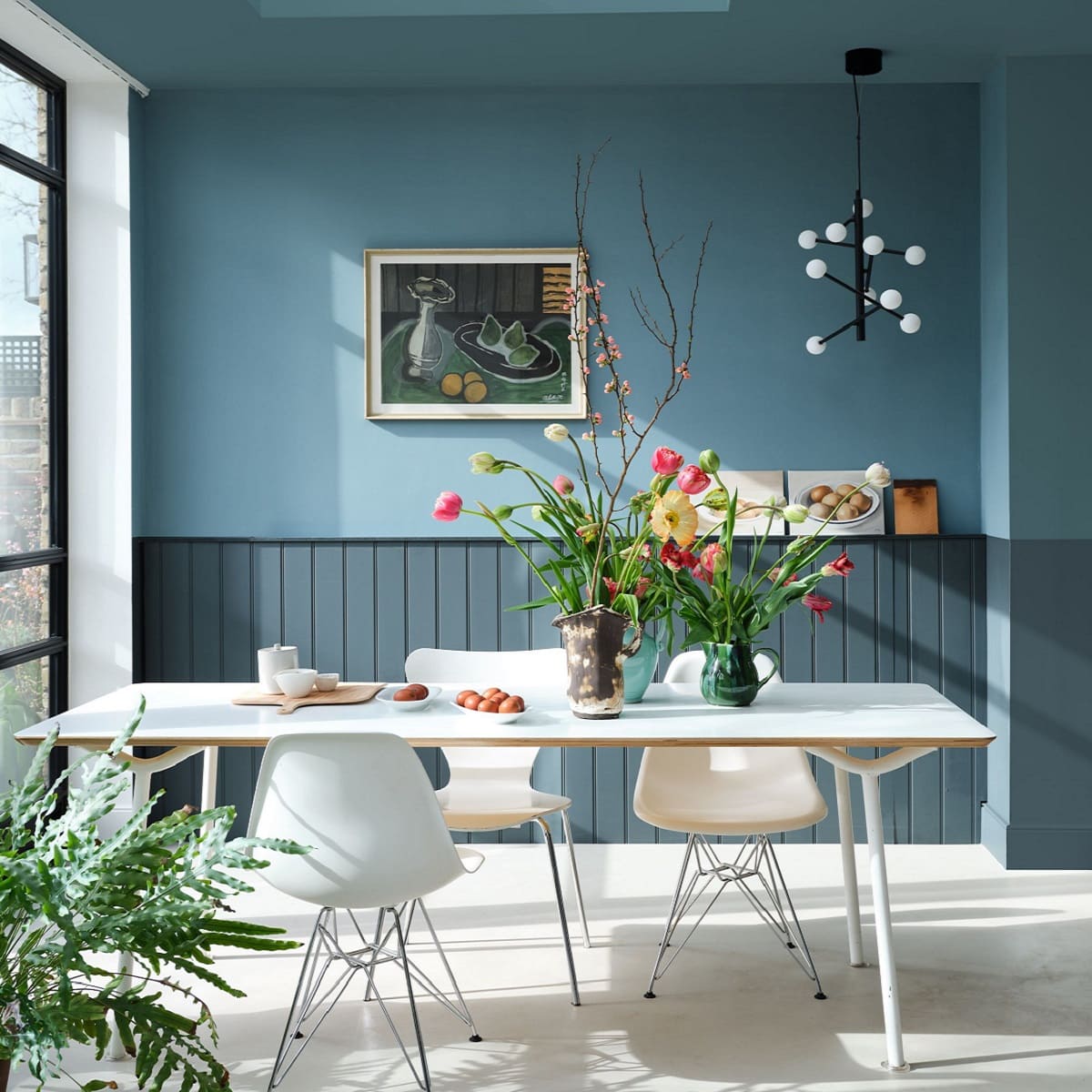
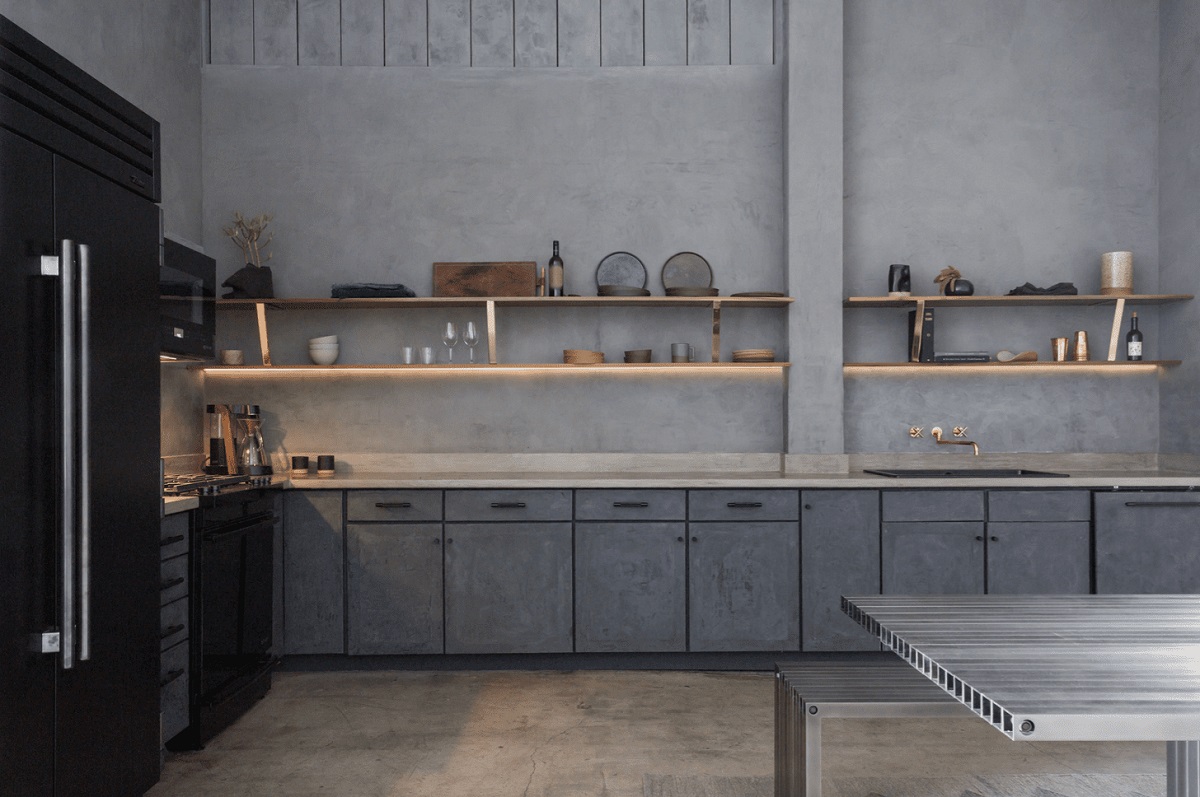
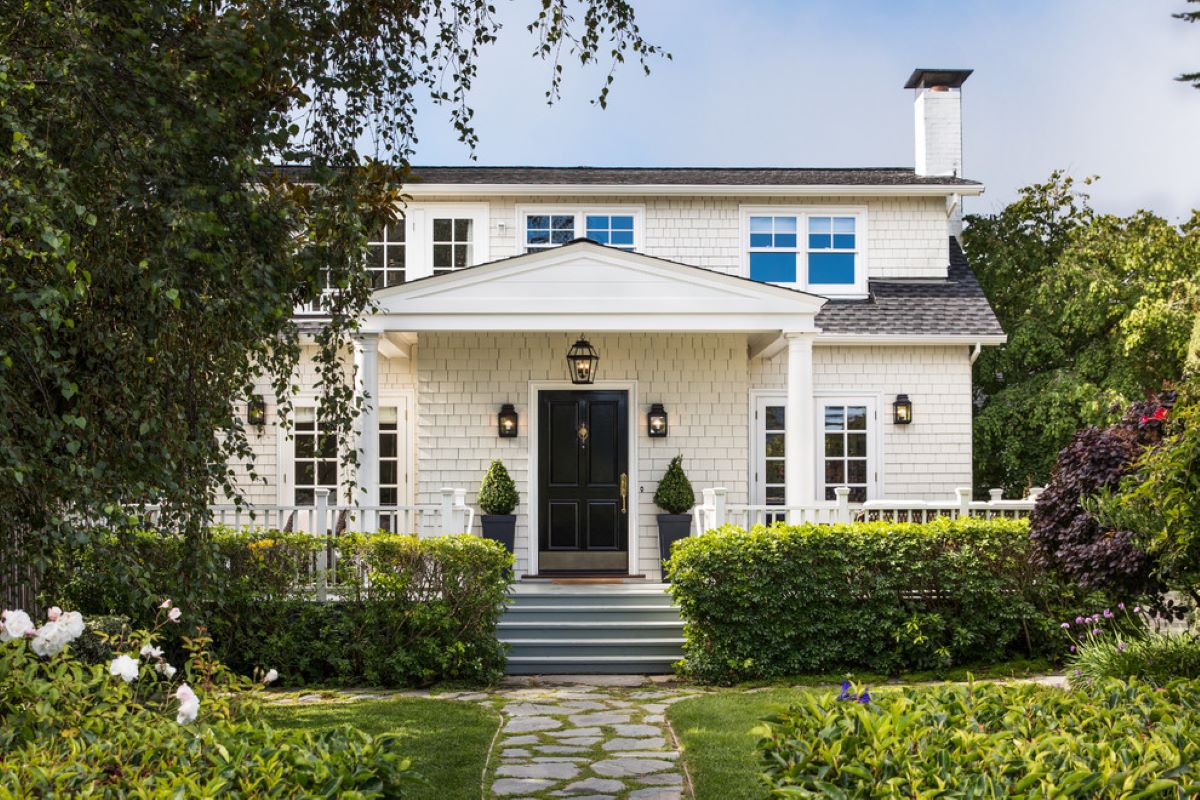

0 thoughts on “Is Shiplap Going Out Of Style? Designers Discuss This Popular Trend”